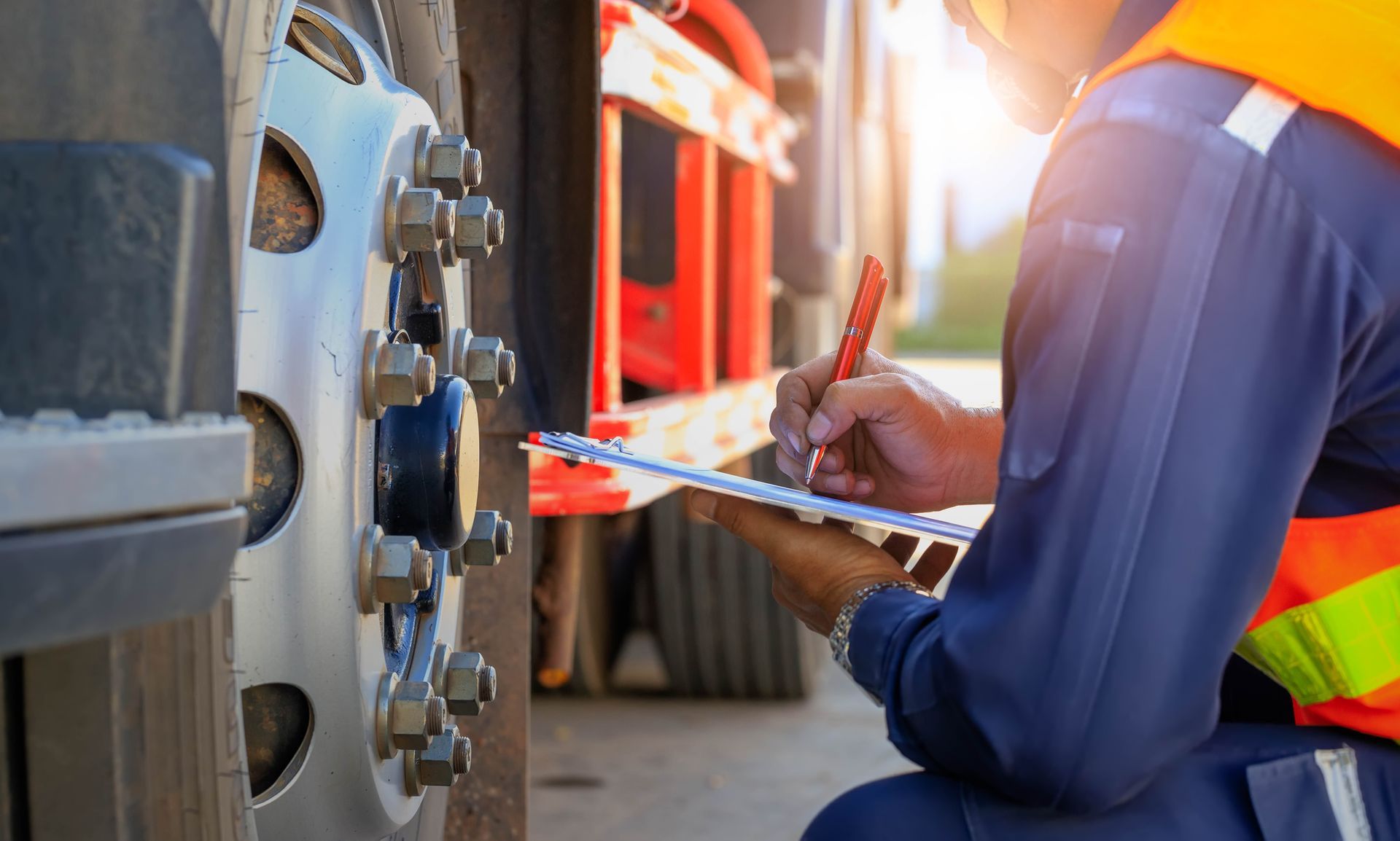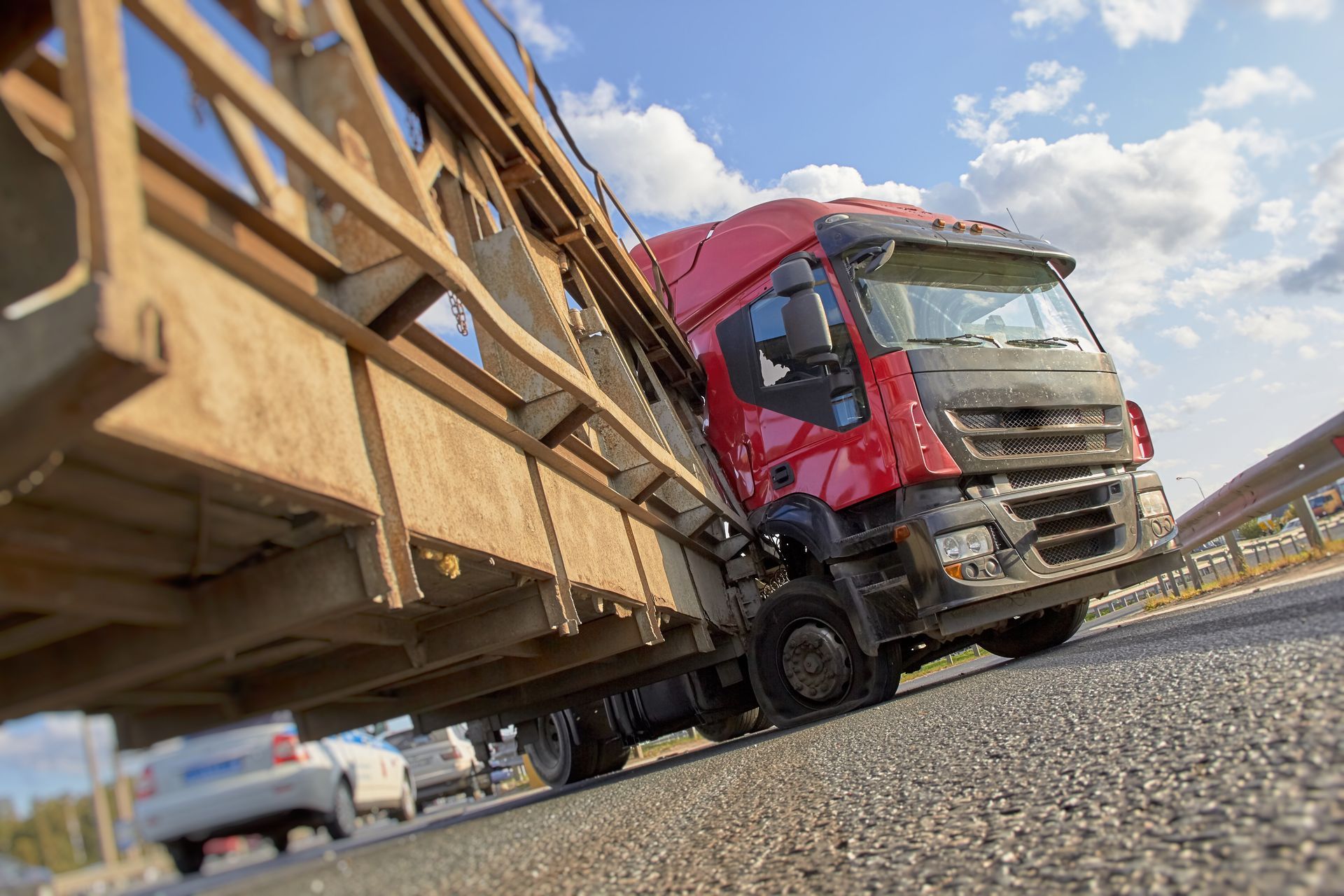New Advancements in Truck Safety Technology

In recent years, the trucking industry has witnessed a transformative evolution in safety technology, ushering in a new era focused on accident prevention and overall safety improvement. These technological advancements not only enhance the well-being of truck drivers but also play a pivotal role in reducing the frequency and severity of truck accidents. In this blog, we will delve into some of the latest innovations that are reshaping the landscape of truck safety.
Collision Avoidance Systems
One of the most significant breakthroughs in truck safety technology is the development and implementation of collision avoidance systems. These systems leverage a combination of radar, cameras and sensors to detect potential collisions and alert the driver in real-time. Some advanced systems can even intervene by applying emergency braking if a collision seems imminent. This technology acts as a crucial safety net, especially in situations where the driver may be momentarily distracted or fatigued.
Lane Departure Warning Systems
Fatigue and driver distraction are leading contributors to accidents in the trucking industry. Lane departure warning systems use cameras to monitor the truck's position on the road and provide a warning if it detects unintentional lane drifting. By alerting drivers promptly, these systems contribute significantly to preventing accidents caused by drowsiness or inattention, thereby enhancing overall road safety.
Blind Spot Detection
Truck blind spots, commonly referred to as "no-zones," represent critical areas around a truck where a driver's visibility is substantially limited. These zones pose inherent challenges, particularly during maneuvers like lane changes and turns, making the integration of blind spot detection systems a pivotal advancement in truck safety technology.
Blind spot detection systems utilize a sophisticated network of sensors strategically placed around the truck. These sensors continuously monitor the adjacent areas that fall within the no-zones. By leveraging radar, cameras or ultrasonic technology, these systems create a comprehensive awareness zone, detecting the presence of other vehicles, pedestrians or obstacles that might be obscured from the driver's direct line of sight.
Electronic Stability Control (ESC)
Electronic Stability Control is a technology designed to prevent skidding and loss of control. ESC systems use sensors to monitor the truck's stability and, if necessary, automatically apply individual brakes to help the driver regain control. This is particularly effective in adverse weather conditions or emergency maneuvers, making trucks more resistant to rollovers and jackknifing.
Telematics and Fleet Management Systems
Advancements in telematics and fleet management systems have brought about a paradigm shift in how trucking companies monitor and manage their fleets. These systems provide real-time data on a variety of parameters, including vehicle location, speed, fuel efficiency and driver behavior. By promoting better decision-making, these technologies contribute to safer driving practices and accident prevention.
Automatic Emergency Braking (AEB)
Automatic Emergency Braking systems are designed to detect an impending collision and automatically apply the brakes if the driver does not respond in time. This technology is a game-changer in mitigating the severity of rear-end collisions, which are prevalent in the trucking industry. AEB is particularly effective in situations where sudden stops or unexpected obstacles occur.
Driver Assistance Systems
Driver assistance systems, such as adaptive cruise control and automated steering, are becoming more sophisticated. These technologies help reduce driver fatigue and enhance overall safety by providing semi-autonomous driving capabilities. While not fully autonomous, these systems assist drivers in maintaining a safe following distance and staying within their lanes.
Roll Stability Control (RSC)
Roll Stability Control is a technology designed to prevent rollovers, a particularly dangerous type of truck accident. RSC systems use sensors to monitor factors such as vehicle speed, steering input, and lateral acceleration. If the system detects conditions that could lead to a rollover, it intervenes by selectively applying brakes to individual wheels to stabilize the truck. This technology is instrumental in preventing accidents caused by sharp turns or uneven road surfaces.
Driver Monitoring Systems
Driver monitoring systems use advanced cameras and sensors to track the driver's behavior and alertness in real-time. These systems can detect signs of drowsiness, distraction or impairment and issue warnings to the driver. Some systems can even suggest breaks or recommend rest stops based on the driver's condition. By promoting driver attentiveness, these technologies play a crucial role in preventing accidents caused by human factors.
Side-Impact Airbags for Trucks
While airbags have long been a standard safety feature in passenger vehicles, recent advancements have brought side-impact airbags to the realm of commercial trucks. These airbags are strategically placed to provide protection in the event of a side collision. By adding an extra layer of occupant protection, side-impact airbags contribute to reducing the severity of injuries in truck accidents.
Trailer and Cargo Monitoring Systems
Ensuring the safety and stability of the trailer and its cargo is essential for preventing accidents involving trucks. Advanced monitoring systems for trailers and cargo use sensors to track factors such as load distribution, temperature and the integrity of cargo containment. By providing real-time data to both drivers and fleet managers, these systems help prevent accidents caused by issues such as unsecured cargo or improper weight distribution.
Connect with a Professional Atlanta Personal Injury Lawyer Today
The advancements in truck safety technology represent a monumental leap forward in mitigating the risks associated with commercial trucking. These innovations not only protect the lives and well-being of truck drivers but also contribute to the safety of other road users. As the trucking industry continues to embrace these technological advancements, the roads are becoming safer and the vision of a future with significantly reduced truck accidents is becoming increasingly attainable. It is imperative for trucking companies to stay abreast of these developments, not only to comply with evolving safety standards but also to proactively invest in technologies that save lives and enhance the overall safety of our roadways.
At ATL Elite, our commitment is unwavering in offering outstanding assistance to those affected by truck accidents. Explore our list of attorneys to connect with a nearby attorney experienced in managing truck collisions. Uncover the legal representation you seek and initiate the first step in securing the aid you need without delay.


